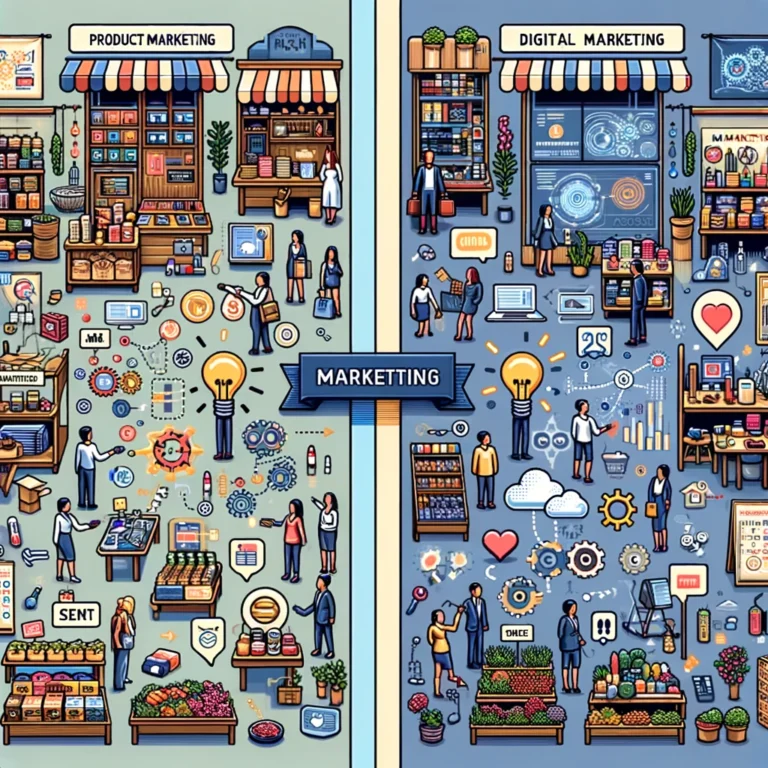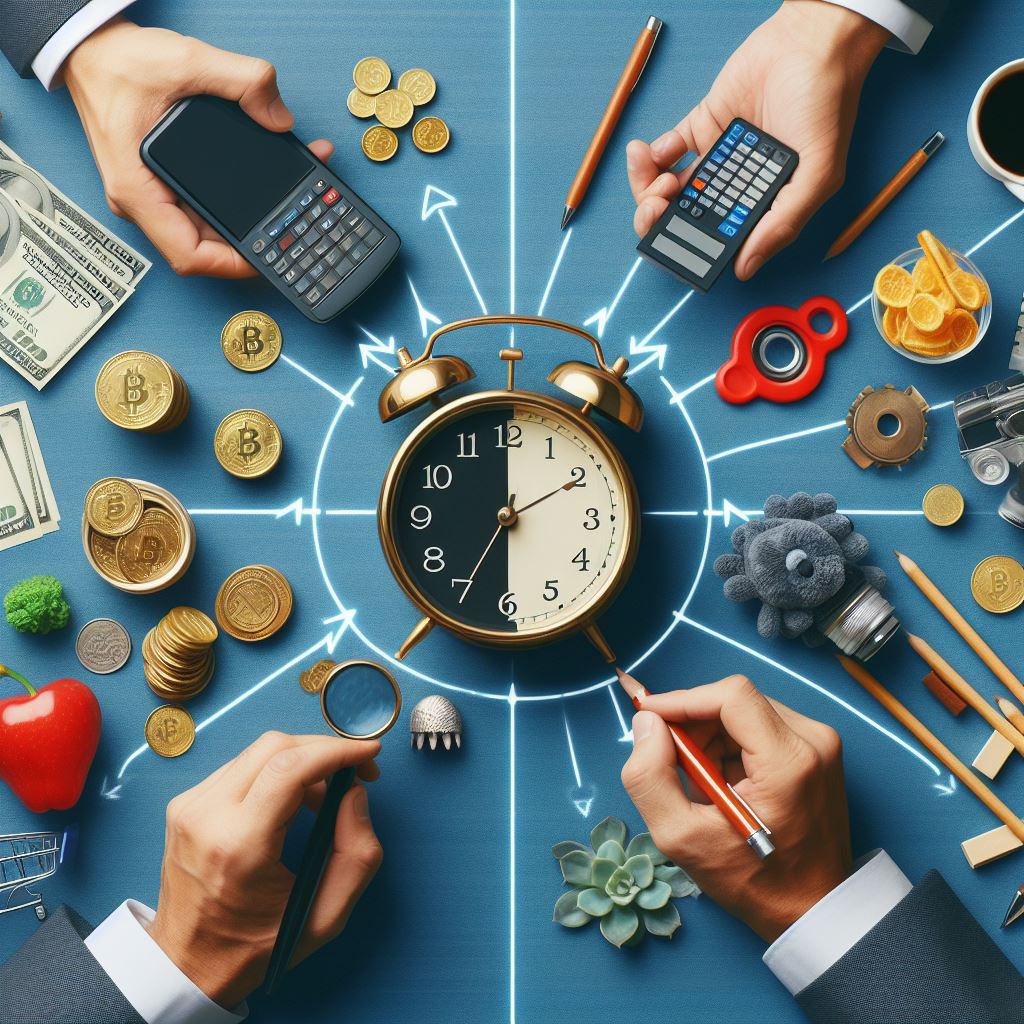Intangibility
Goods are tangible; they can be seen, touched, and owned before and after the purchase. For example, a smartphone is a tangible product that customers can evaluate by its features, design, and functionality.
Services, in contrast, are intangible experiences or actions that cannot be physically possessed. Insurance policies, for instance, offer financial protection and peace of mind but cannot be physically handled or owned.
Inseparability
Goods are typically produced in a separate location from where they are sold and can be consumed independently of their production. For instance, automobiles are manufactured in factories, sold in dealerships, and used by the consumer elsewhere.
Services are often produced and consumed simultaneously, making them inseparable. A haircut is an example where the service is delivered and consumed at the same point in time, requiring the physical presence of both the provider and the consumer.
Heterogeneity (Variability)
Goods can be mass-produced to ensure each unit is identical in quality and features. Consumer electronics like laptops are examples where each unit is expected to function identically to others of the same model.
Services, however, are highly variable as their quality and satisfaction may differ with each delivery, depending on who provides them, when, and where. For example, hospitality experiences can vary significantly even within the same hotel chain, based on the staff’s performance, location, and other factors.
Perishability
Goods can be stored and used or consumed over time. Non-perishable items like furniture have a long shelf life and do not lose value if not immediately sold.
Services are perishable and cannot be stored for future use. An airline seat or a hotel room, for example, represents revenue lost if not sold for a specific flight or night, as it cannot be “stored” and sold later.
Product Strategy
Goods often emphasize features, quality, and benefits in their product strategy. Apple, for example, differentiates its products through innovative features, quality construction, and ecosystem integration.
Services need to add value through customer experience, convenience, and customization. Starbucks, for instance, not only sells coffee but also focuses on the ambiance of its cafes, offering free Wi-Fi and comfortable seating to enhance customer experience.
Price Strategy
Goods are typically priced based on cost, demand, and competitive factors. For example, consumer electronics are often priced considering the cost of materials, labor, and the competitive landscape.
Services pricing is more likely based on the time, effort, and expertise involved. Legal or consulting services, for instance, may be billed by the hour reflecting the expertise and effort level of the service provider.
Promotional Strategy
Goods can be advertised through visual elements showcasing the product’s design, features, and benefits. Nike advertises its products by highlighting their design, technology, and the athletes who endorse them.
Services must rely on conveying the benefits, experience, or outcome of the service since it cannot be shown directly. Insurance companies, for instance, use customer testimonials, trust symbols, and scenario-based advertisements to help customers envision the benefits and peace of mind their services provide.
Place Strategy
Goods can be sold in various locations, including physical stores and online platforms, allowing for broader distribution. Amazon leverages online selling to offer a vast range of products globally without the need for physical presence.
Services are often constrained by location, requiring strategic placement to ensure accessibility and convenience for customers. Restaurants, for example, must consider location carefully to attract customers based on traffic patterns, visibility, and proximity to target demographics.
Conclusion for IB Business & Management:
Understanding the differences in marketing goods versus services is crucial for developing effective strategies that address the unique challenges and opportunities each presents. Through the examination of intangibility, inseparability, heterogeneity, perishability, and the 4Ps (product, price, promotion, place), IB Business & Management students can appreciate the nuanced approach required to market services effectively. This knowledge equips future business leaders with the versatility to navigate diverse markets and consumer needs successfully.


